
If you have spent any time studying design thinking or frameworks for co-creation you’ve likely heard the phrase “trust the process”. While working on Google Hangouts at Google and later running Design Sprints for Google Ventures (GV) portfolio companies, Jake Knapp refined the Design Sprint process. Through thoughtful exploration, and trial and error, Jake honed a process that can be trusted to deliver results. The supplies and tools he recommends in the book are an integral component of the success of this process.
All of the supplies are listed in the book, however, I’ve noticed that many people don’t understand their importance. They either use whatever they have lying around or they substitute similar items without understanding why Jake recommends these specific products. Below, I provide further explanation of why each item is important and its function and purpose in the Design Sprint process. For your convenience, I have amazon links for all products to allow for a quick purchase. I also point out common substitutes that don’t work well and are best avoided.
**Purchase the all the supplies from Amazon using the Voltage Control Sprint Supplies list.**
Time Timer

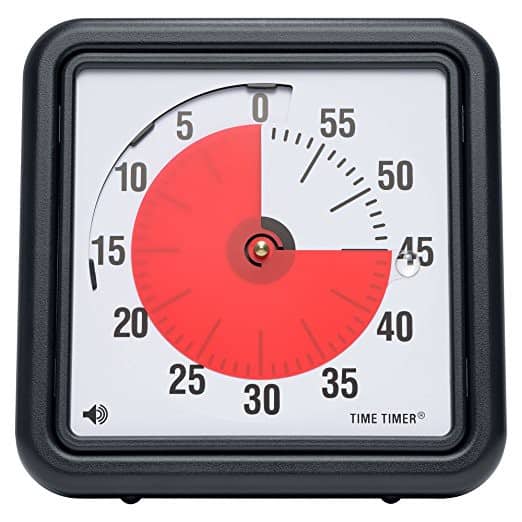
Everybody loves the time timer. If you are like me, once you use it during your Design Sprint, you’ll start using it for all types of meetings. I especially find it helpful for timeboxing broad discussions, and for creating time for individual work prior to making an important decision. There are a few different models and it is worth discussing the differences. The classic Time Timer has a hard plastic exterior and is available in 3″, 8″, & 12″ sizes. The 8″ classic Time Timer is the model you often see Jake Knapp holding in photos. The 12″ is quite large and is best suited for larger workshops. If you are considering going smaller I would recommend the silicone exterior “mod” model. It is much more durable and it’s small size means that it is a bit more portable. None of the Time Timers come with batteries, so remember to buy batteries. Get 2 Time Timers; one to keep track of your current activity, and one to remind you
when to take a break
Post-it Notes

The 3×5 Post-it notes are the number one tool for capturing your thoughts during the sprint. Make sure to get the canary yellow as they provide the best contrast when reading from across the room. Make sure you buy the standard Post-its and not the “Pop-Up” that are arranged in an accordion pattern. If you get the “Pop-Up” variety you will end up writing upside down and they will flop down when you put them on the wall. Size matters, and the sprint book specifically calls for the 3×5 Post-it notes, as the landscape perspective works perfectly when capturing big ideas with the larger markers. This combination helps you write just the right amount. Also, when sketching, the 3×5 Post-its work well as either a desktop display in landscape orientation or a mobile screen in portrait orientation.
Don’t be tempted to use some 3×3 Post-it notes that you have lying around.
Felt Tip Pens
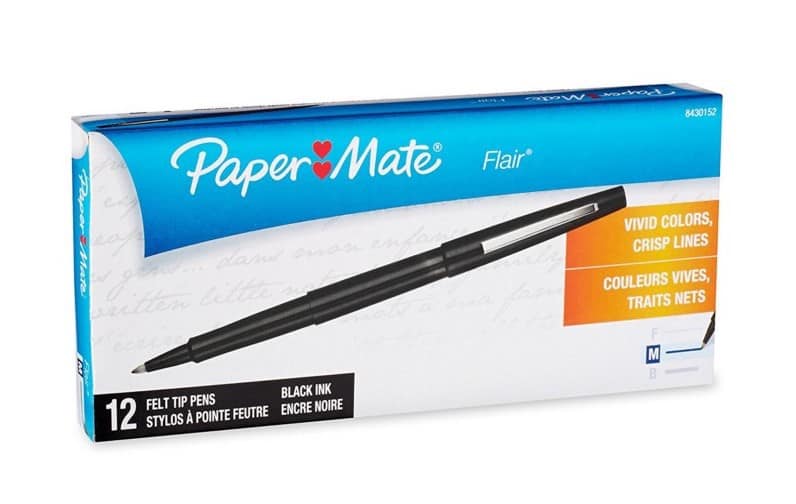
These felt tips pens are a bit magical. Since people aren’t accustomed to using them, they seem to immediately illicit creativity. Perhaps this is also because we used pens like this early in our school days, when we were in art class. Regardless, these pens are great for the sketches, as they provide better contrast than ballpoint pens or pencils, allowing you to read from further away. They are also the ideal size, so you don’t write too much or too little.
Dry Erase Markers (Black, Red, & Green)



Dry Erase markers are used by the Facilitator or graphic recorder, if you have one, throughout the Sprint to capture what’s happening in the room. The black ones are used for checklists and capturing main points. The red and green markers are handy when you want to embellish your map and other graphics. They can also be used in tallying votes, when not using the dot stickers, such as voting on your top sprint questions, or when conducting a note-and-vote.
Highlighters

The Sprint book doesn’t mention highlighters when listing out sprint supplies, nor does it reference the use of a highlighter during the concrete examples and stories provided. After running numerous Sprints, I’ve found highlighters to be a facilitator’s friend. I often have someone highlight copy that resonates with the team when we are reviewing sketches. This is handy during prototyping, as we can use this copy. I also recommend that new facilitators highlight relevant sections of the book that will help them remember critical elements in the heat of the moment. The highlighters can also be handy during sketching to help bring focus to specific notes you are most excited about, including in your sketch.
ChromaLabels

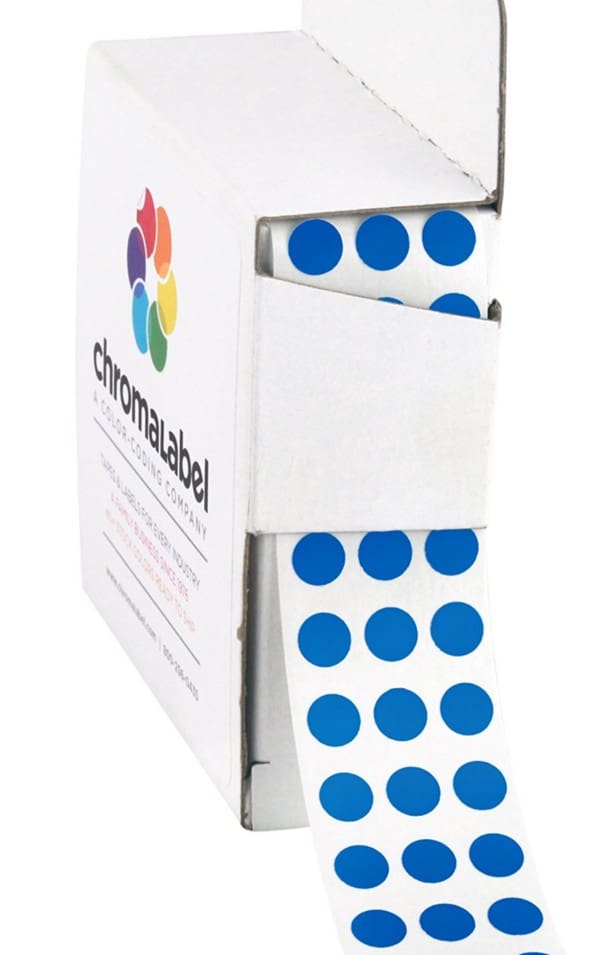
Dot voting is probably my favorite thing about Design Sprints. Whether it is the smaller dots and the team is marking the pieces that are compelling and exciting to them or the larger binding votings, the energy level in the room is elevating and infectious. Stick with the ChromaLabels. The Averys are tempting as they are less expensive, however, the ChromaLabels are easier to move, because the dispenser makes handling much easier, and the Avery stickers are difficult to remove from glass. You will need 3/4” (0.75) pink dots and 1/4″ (0.25) blue dots.
Printer Paper

Printer paper is mainly used for note-taking and for assembling your sketch. It’s always handy to have scratch paper around anyway, so make sure your printer isn’t running low or simply stock up.
Masking Tape

Get 1 roll of masking or painters tape for posting solution sketches on the walls. Some walls don’t play nice with post-it notes, so having this tape around to hold up notes can prove helpful.
Healthy Snacks


Last but not least, make sure that you have ordered snacks. You have to take care of the humans! In addition to making sure you have planned for daily lunches to arrive on time, have some snacks on hand so that the team can avoid becoming hangry. It is best to avoid sugar and excess carbs, instead focus on protein and fiber. You may be tempted to get donuts, pastries, bagels, or other sweet treats to celebrate this great work you are doing, however, this will undermine your creativity and zap your energy. Instead, consider low sugar, protein-rich foods such as nuts, jerky, vegetables & hummus, fruit, low-fat yogurt, and protein bars (check the sugar content). Use these same guidelines when ordering lunch; consider salads or some other light fare.
Optional Supplies
The Sprint Book
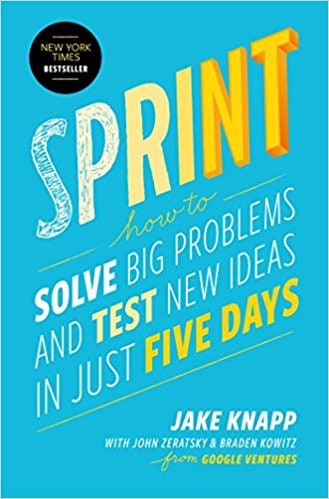
While not required, I highly encourage you to buy a copy of the Sprint Book for every member of the team that is participating in your Design Sprint. I’ve noticed that when teams read about the process, they find it easier to dive right in on Day 1, and they have better expectations around potential outcomes of the Sprint.
Flip Charts
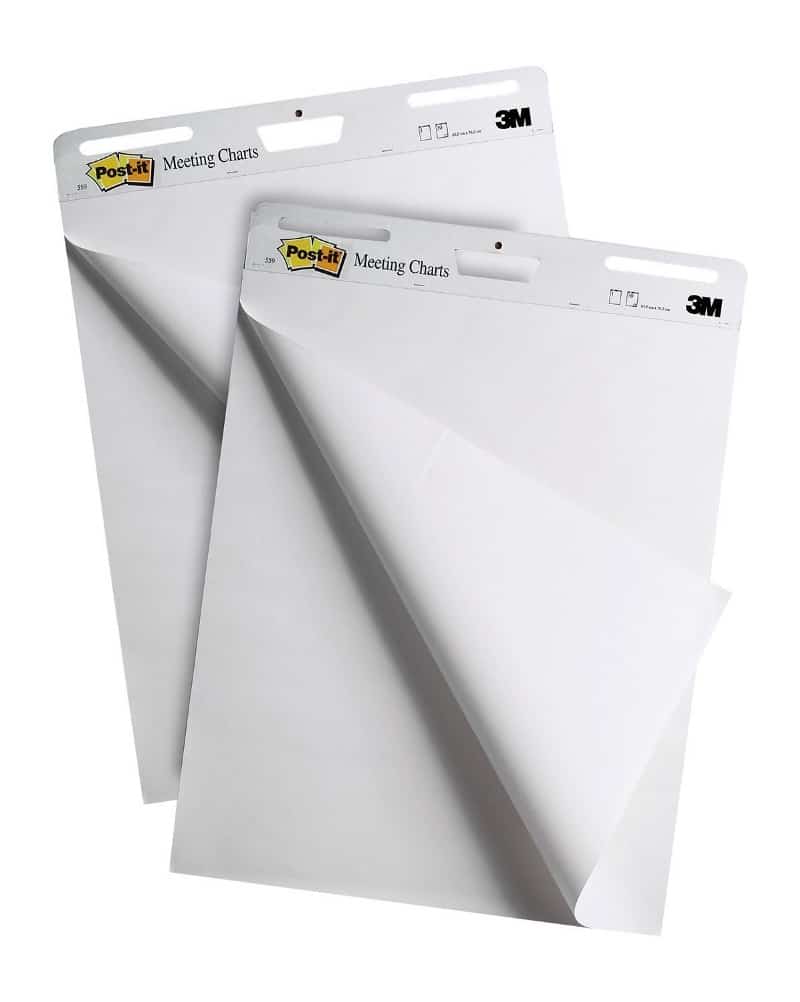
If you have limited whiteboard or wall space for post-its & sketches, flip charts can save the day. Consider getting 1 or 2 pads just in case you need them, they always seem to come in handy, especially if you can’t reserve the same room for the full week.
Webcam

If you are running remote interviews and need your candidate to see you, or running an in-person interview and need your observers to see your tester and the actions they are taking, don’t forget to get a webcam.
Rolling Dry Erase Board

If you are short on dry erase boards and wall space, consider a rolling dry erase board. Even when I have plenty of wall space, I love having a few of these boards on hand. It’s great to have the ability to move them from room to room or team to team. They also rotate, so you can have 2 different sets of content handy in the same place.
Dry Erase Paint

Dry erase paint can be handy if you don’t want to hang actual whiteboards, or want to cover more space without buying tons of whiteboards. Turn your wall into the whiteboard!
Hopefully, this list of supplies helped you get a handle of the purpose and reasoning behind the recommended supplies. I’m confident that your Sprint will run better if you buy the proper supplies as I’ve seen it make it a difference in all of the Sprints I’ve facilitated.



